Pictures of Gnat & Insect Bites: How to ID them


Experiencing a painful itch, pinch, or sting is not a funny experience. It causes severe pain and sometimes results in an uncontrollable urge to scratch, resulting in damage to the skin. The signs develop mainly when the bug has already left the body, and it becomes difficult to identify the culprit by finding it red-handed at the crime scene.
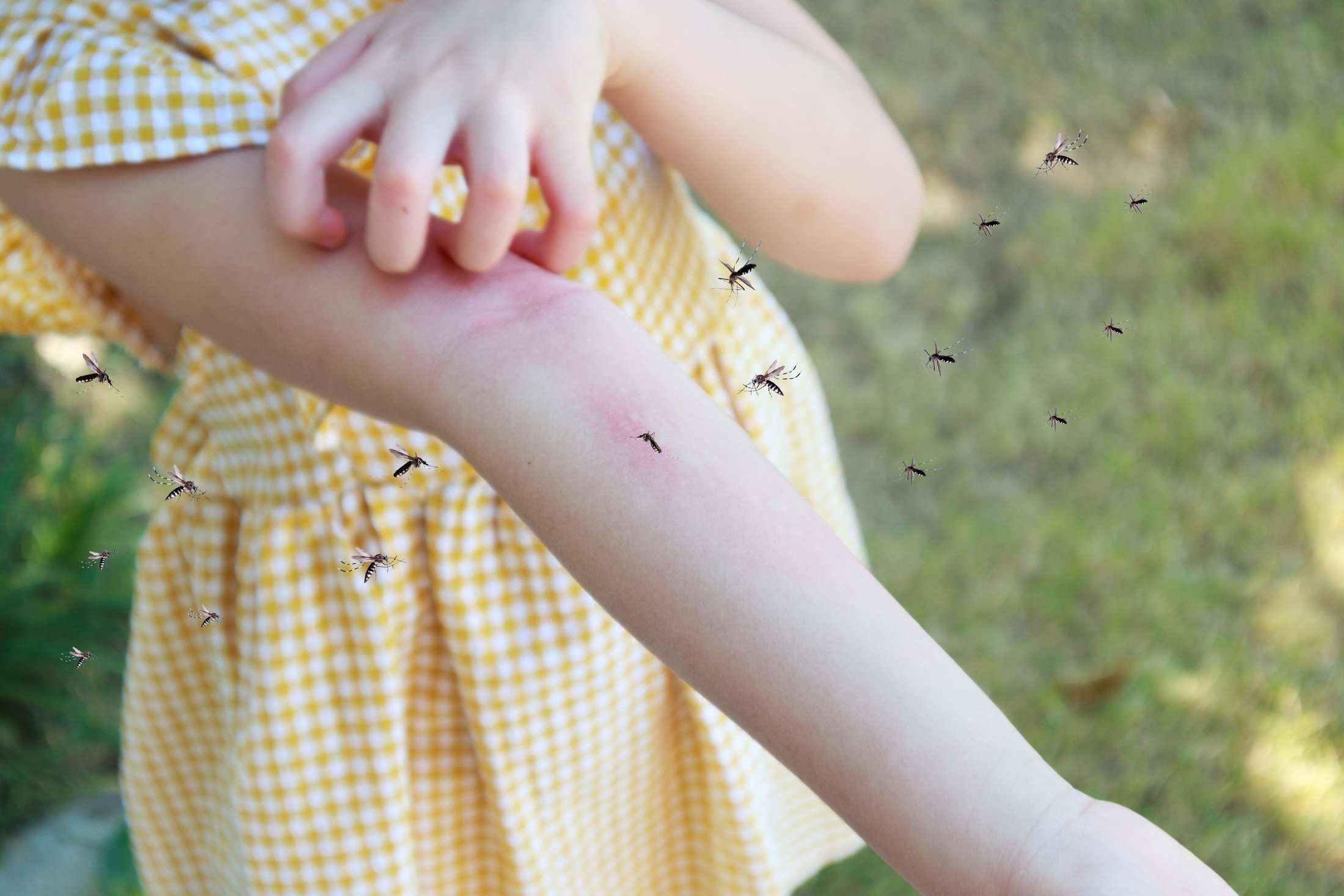
So, how do we identify the culprit behind the itchiness and swelling? Each insect has a different mechanism to bite. Some use mandibular or chewing mouthparts to grind, while others have piercing-sucking mouthparts, stingers, etc., to bite. These structures leave a specific mark on the skin. Likewise, some insects inject saliva or venom into the victim, which causes localised or generalised reactions resulting in swelling, redness and itching.
The pictures of the crime scenes after being bit by different bugs are shown here to enable the readers to identify the culprit and choose treatment options accordingly. However, it must be remembered that sometimes the signs are too similar. In such situations and in case of more severe signs like swelling at the site other than the bite site and breathing issues, it is advised to consult the doctor.
Bite characteristics: Minor, red and itchy bumps
Warning signs: No
Lethality: Not lethal
Treatment and Management: Over-the-counter lotions and creams, cold compresses, topical ointments, oral antihistamines
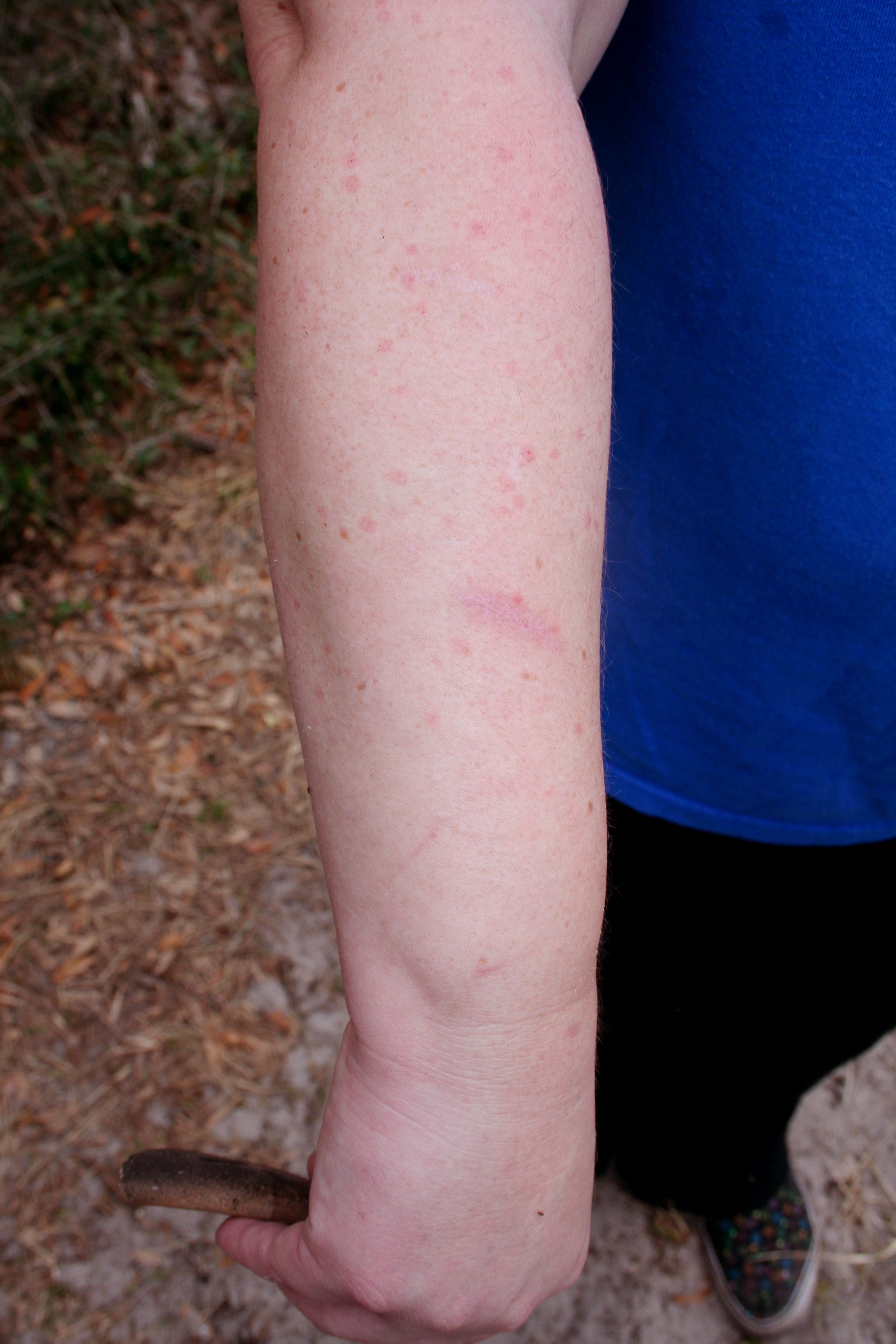
Gnats are tiny grey insects found everywhere, particularly in farming regions and coastal areas. They are common around water sources, e.g., streams, ponds, lakes, marshes and swamps. The gnat species that bite humans is known as biting midges, and only the female insect bites. The other common names are buffalo flies, moose flies, punkies and black flies.
During the bite, the gnat injects an anticoagulant that prevents the blood from clotting, and the sucking activity continues for 2-5 minutes if uninterrupted. The gnat bites are minor, red and itchy bumps. Soon, the body reacts to the allergens in the gnat saliva, causing symptoms like swelling, redness, itching and a small raised bump. Rarely a fluid-filled blister develops around the site of the bite.
Bite characteristics: Itching with or without a sizable red spot nearly the size of a dime
Warning signs: No
Lethality: Limited, potential for disease transmission such as Lyme Disease
Treatment and management: Removal of the tick, use of protective clothing, use of tick repellents
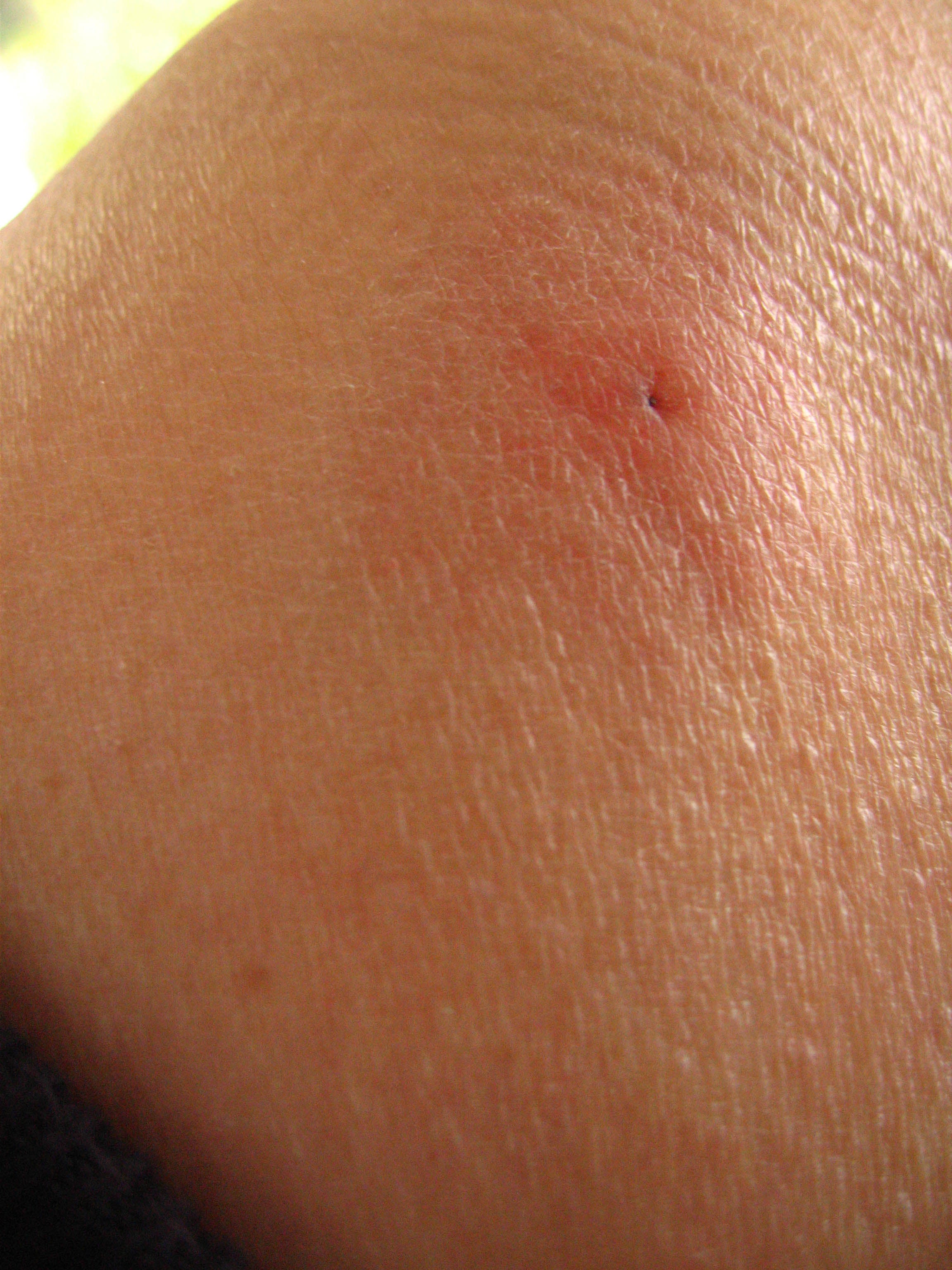
Ticks stay at the bite site for 3-6 days to feed. So, the most common method is to look for the tick attached. Tick bites occur mainly in the warm areas of the body like the groin region, behind the knees, armpits and hairline and sometimes leave a sizable red spot nearly the size of a dime. However, it is only experienced sometimes. Sometimes, no signs appear after an initial itching.
Bite characteristics: Round, small and puffy bumps with contrast from the surrounding skin
Warning signs: Signs of anaphylaxis, e.g., rapid breathing, rashes and swelling of face and throat, rarely develop.
Lethality: A rare cause of anaphylaxis.
Treatment and Management: Anti-itch lotions or creams, cold compresses, mosquito repellants, oral anti-histamines
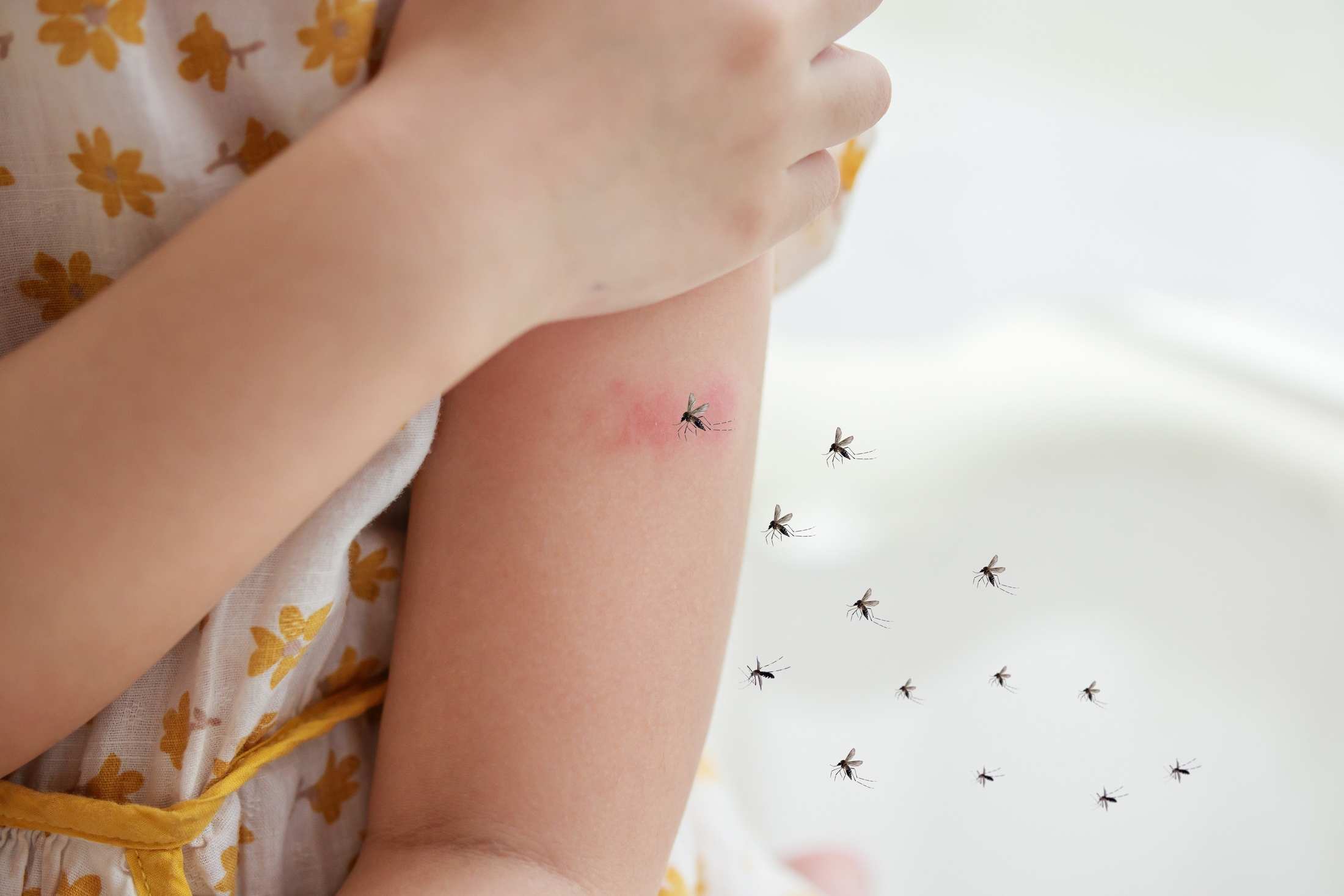
Mosquito bites are round, small and puffy bumps that show contrast from the surrounding skin. Most of the time, isolated signs appear on the backs of the neck, knees, hairline and around the ankle. Initially, the mosquito bites are painful, and then severe itching occurs. Skeeter Syndrome sometimes develops when the sore and swollen welts develop at the biting site.
Bite characteristics: Two minor puncture marks with minor pain and itching.
Warning signs: Signs of anaphylaxis
Lethality: Mostly harmless with the exception of a few venomous types that cause severe signs.
Treatment and Management: Anti-itch lotions and creams, oral antihistamines, OTC pain killers
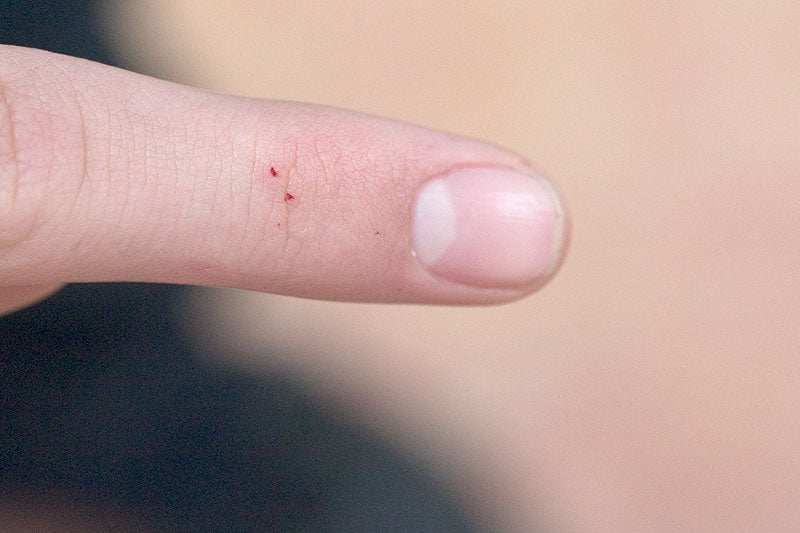
The spider bites appear in the form of two minor puncture marks, and besides seeing a spider crawling nearby, these are the most important signs to look at. Non-specific signs like redness and swelling do occur. A mild sting and pain are not to be worried about. However, black widows or brown recluses must be watched as they cause nausea, tremors, muscle spasms and necrotic lesions.
Bite characteristics: Patches of irritated and red spots on the surrounding skin and scalp
Warning signs: No
Lethality: No
Treatment and management: Regularly combing out the nits, washing bedding and clothing, anti-lice shampoos, anti-itch lotions for skin and scalp, vacuuming the room, avoiding sharing personal items
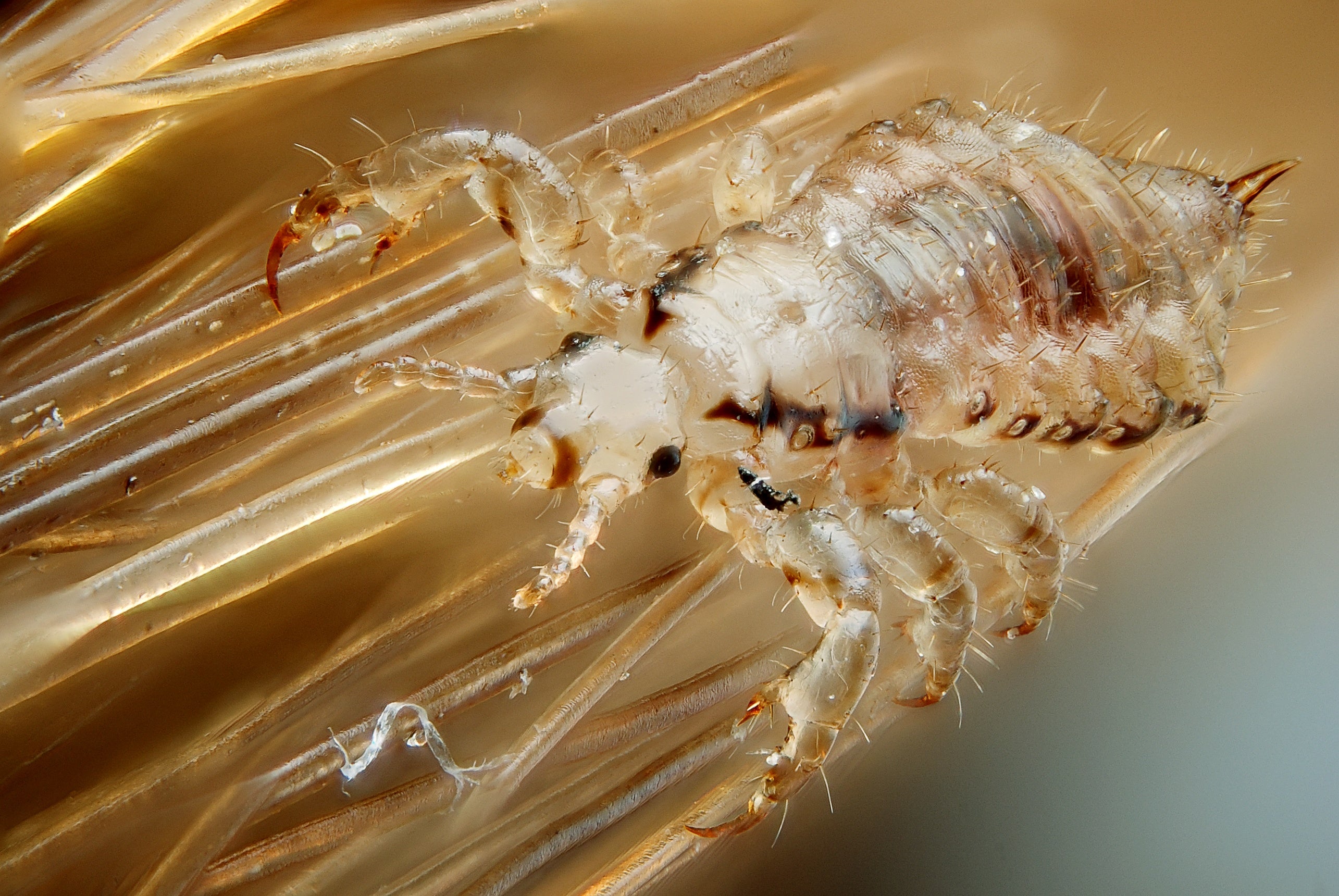
Head lice leave patches of irritated and red spots on the surrounding skin and scalp. The bites are smaller. However, the body's reaction to them causes them to grow large. People experience a moving or tickling sensation in the head in combination with severe itching. Excessive scratching causes the development of sores that disrupt the skin.
Bite characteristics: Puffy red and minor bumps in clusters of three or more or less
Warning signs: Signs of anaphylaxis
Lethality: No
Treatment and Management: Pest control, chemical treatment of infected area, heat treatment, steam cleaning, vacuuming
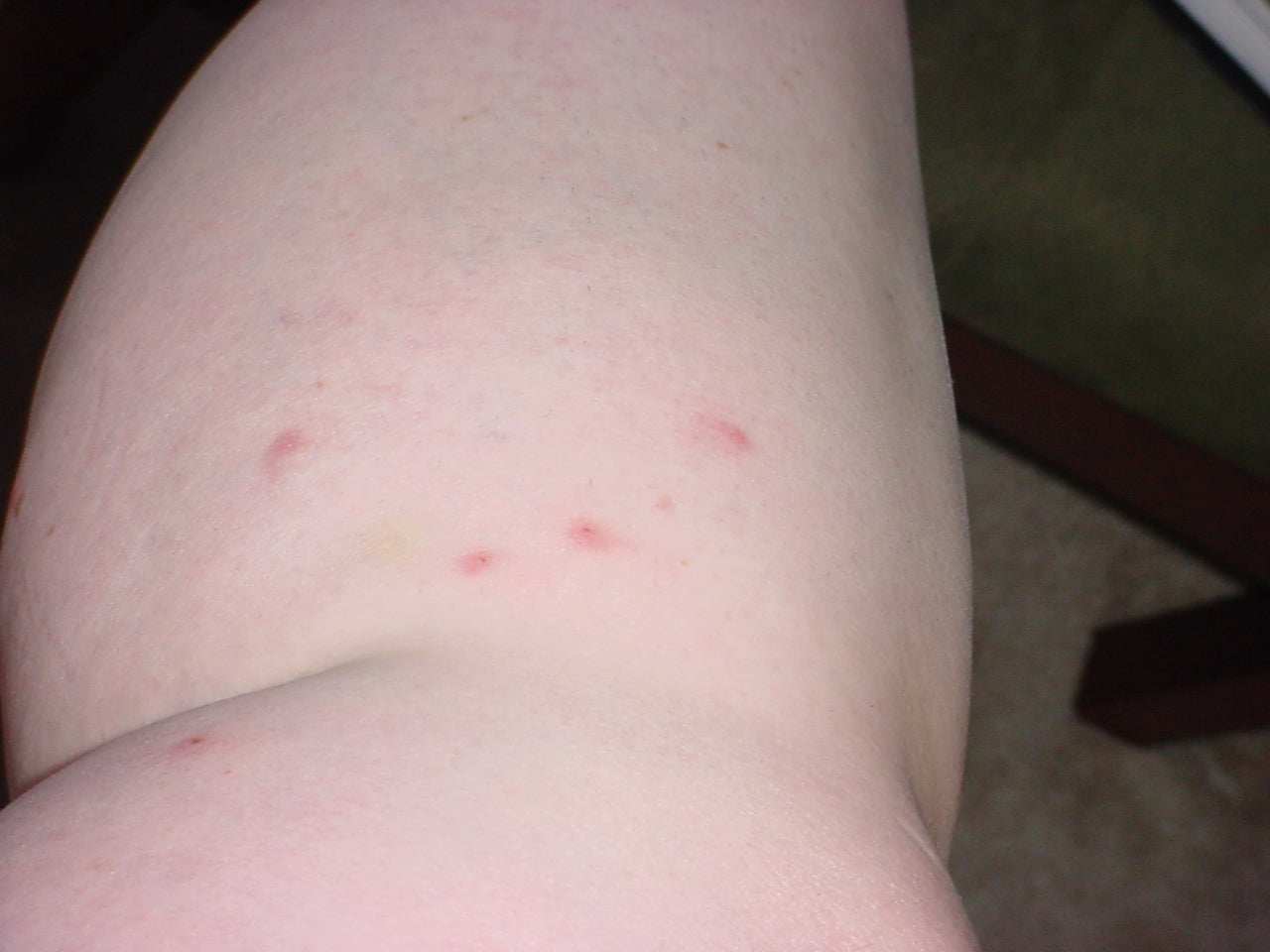
They are very similar to mosquito bites and appear as puffy red and minor bumps in clusters of three or more or less. They have a red mark at the centre and most commonly occur on the exposed skin that touches the bed during sleep, e.g., the trunk, neck and arms. A close examination often reveals bugs or their droppings in the mattress, particularly around the head end and corners. The bug bites cause little pain but are swollen and itchy.
Bite characteristics: Groups of raised minor blisters or bumps.
Warning signs: Occasional transmission of parasitic diseases
Lethality: No
Treatment and management: Cold compresses, OTC anti-itch creams and lotions, topical calamine lotion, OTC pain killers, oral antihistamines

Sand fly bites are different from bites of other flies. They appear separate but often as groups of raised minor blisters or bumps. The bite is primarily painful and causes itching. In some regions, they cause the spread of parasitic diseases.
Bite characteristics: Red and raised welts or bumps, sometimes with bleeding or swelling
Warning signs: Rare transmission of germs
Lethality: No
Treatment and Management: Cold compresses, OTC anti-itch creams and lotions, topical calamine lotion, OTC pain killers, oral antihistamines
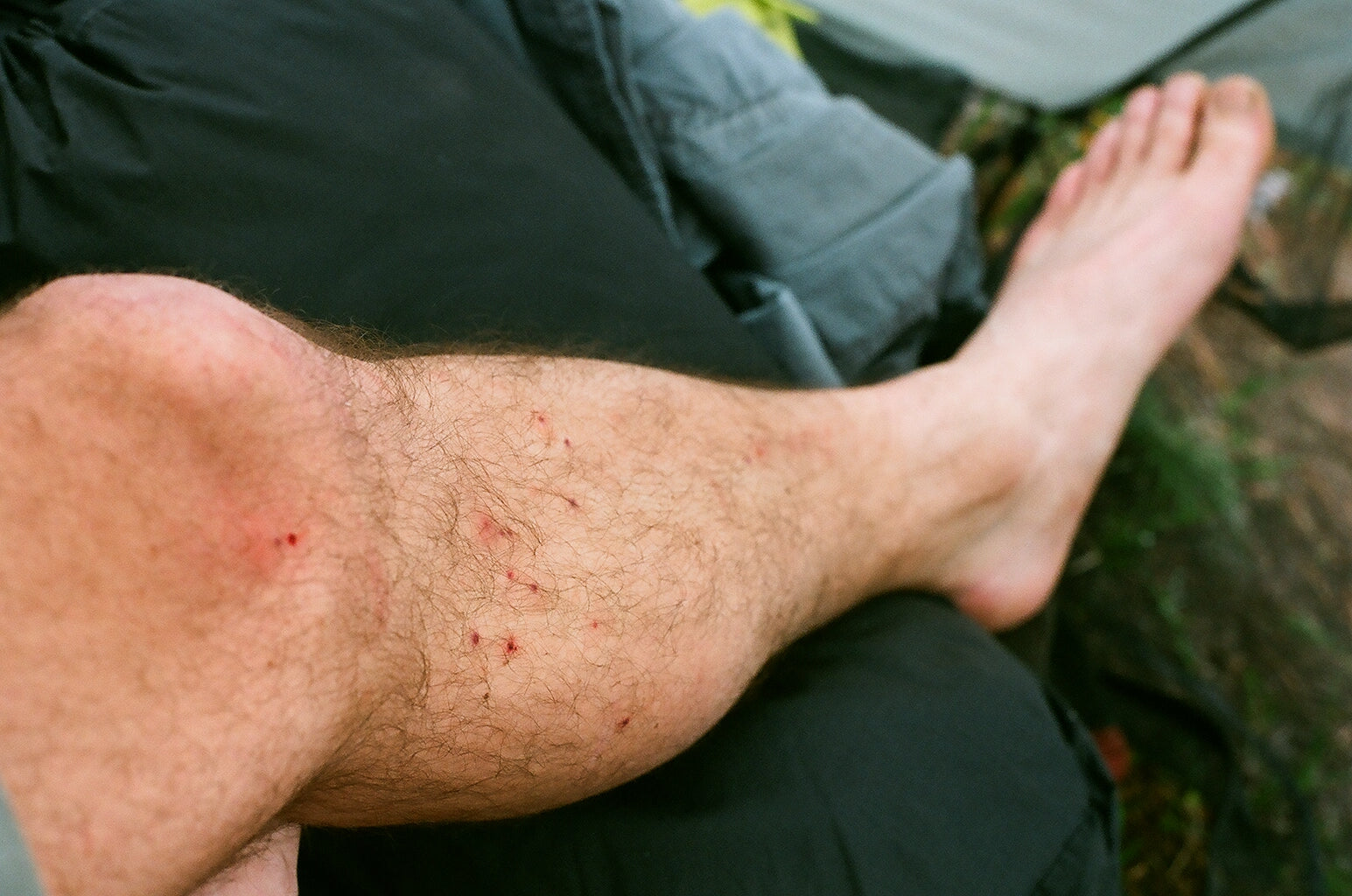
Only a few species of flies bite humans. The bites appear as red and raised welts or bumps. Some bites, bleeding, and swelling occur. The bite causes pain and itching initially, which then passes away. Some species of flies pass diseases, e.g., a painful ulcer caused by tularemia, a bacterial disease transmitted by deer flies and blackfly fever, a flu-like condition transmitted by the bites of black flies.
Bite characteristics: Red more minor bumps in clusters or lines surrounded by a reddish area
Warning signs: Rashes, scratches, skin infections
Lethality: No
Treatment and Management: Cold compresses, OTC anti-itch creams and lotions, topical calamine lotion, OTC pain killers, oral antihistamines
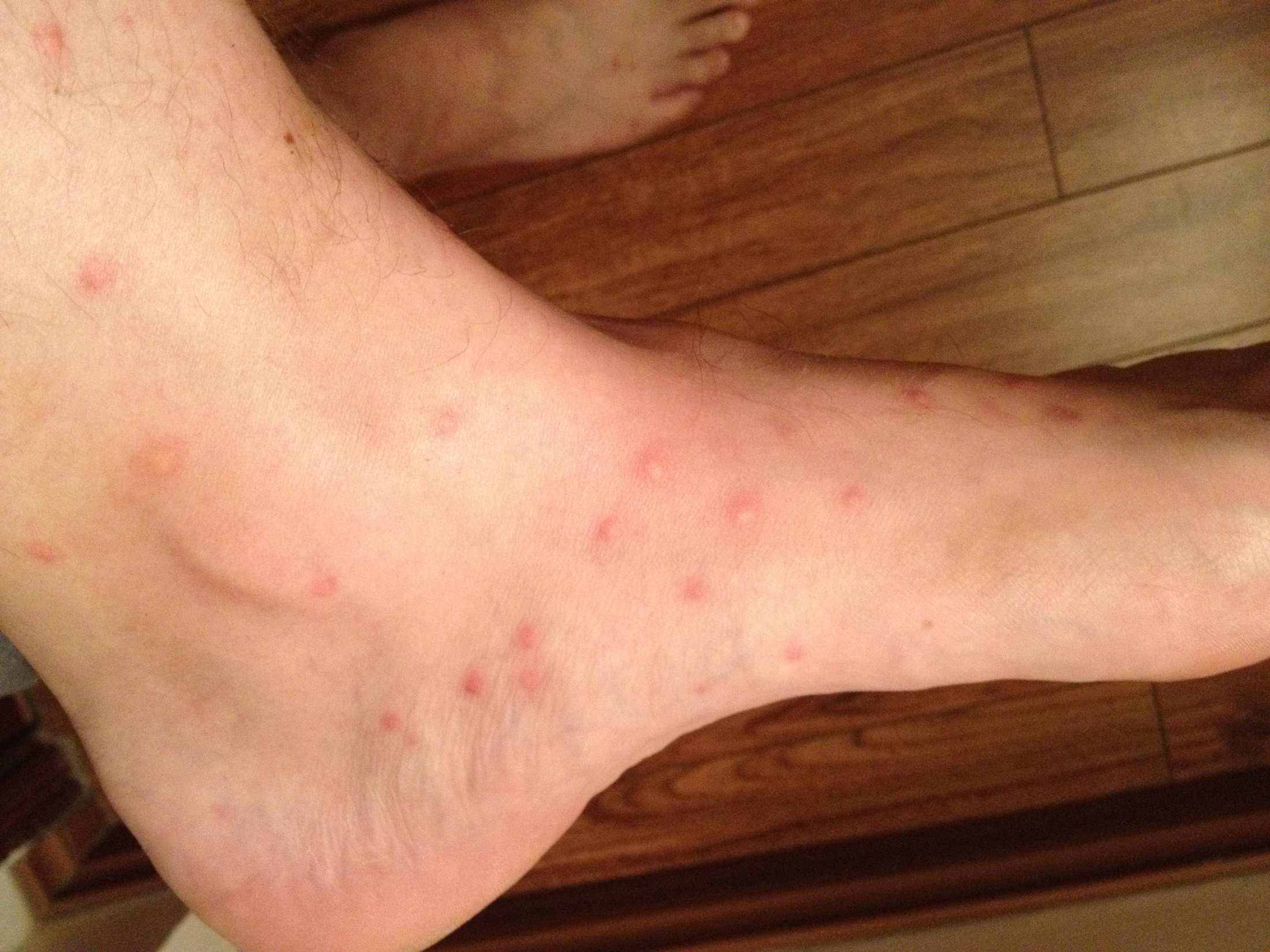
Like the lice bites or bed bug bites, the flea bites appear as red bumps in clusters or lines. They are smaller and are often surrounded by a reddish area. They prefer warm areas, i.e., armpits, knees, groin, around the ankles and on the household pets. Bites are very itchy, causing severe pain, and sometimes sores develop. Sometimes, a rash develops on the affected skin. Scratching causes infections and the worsening of signs.
Bite characteristics: Similar to the bite of other bugs, appear in clusters
Warning signs: Signs of allergic reaction due to saliva of bugs
Lethality: No
Treatment and Management: Cold compresses, OTC anti-itch creams and lotions, topical calamine lotion, OTC pain killers, oral antihistamines
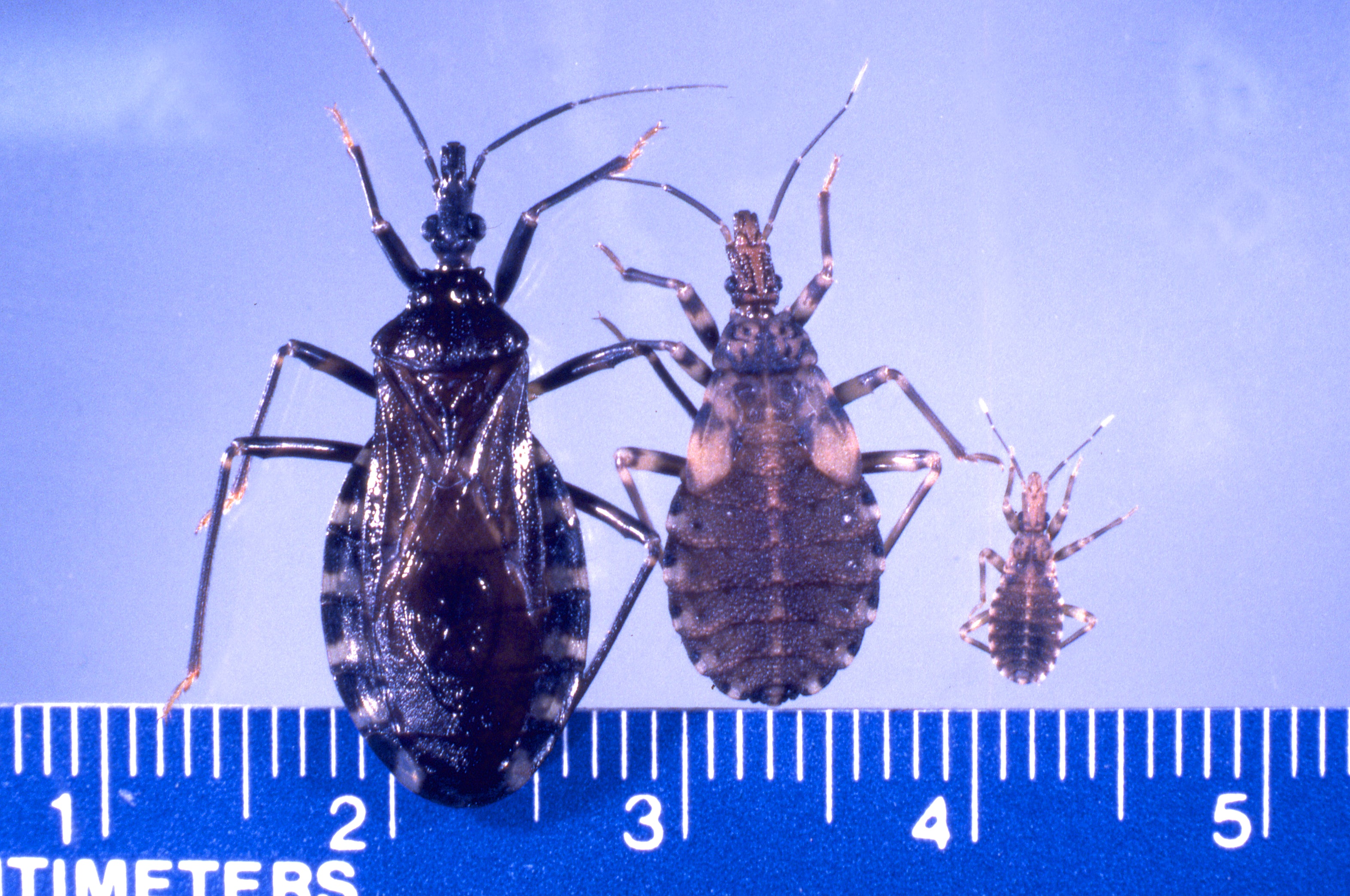
The triatomine bugs or kissing bugs are of different types. Each type is light black to brown with a cone-shaped head and tane, red or yellow markings. They mainly bite near the mouth on the face. Their bite is very similar in appearance to the bite of other bugs, except that they usually occur as clusters.
The saliva of kissing bugs causes allergic reactions in sensitive people, driving signs like swelling, itching and redness around the bite area. Very rarely, the signs of severe allergic reactions, i.e., breathing difficulties or rashes, develop.
Bite characteristics: Swelling and redness at the sting site
Warning signs: In children and infants, severe signs like restlessness, increased heart rate, sweating, drooling, nausea, muscle twitching, and breathing difficulties
Lethality: Serious for children and infants
Treatment and Management: Cold compresses, OTC anti-itch creams and lotions, topical calamine lotion, OTC pain killers, oral antihistamines
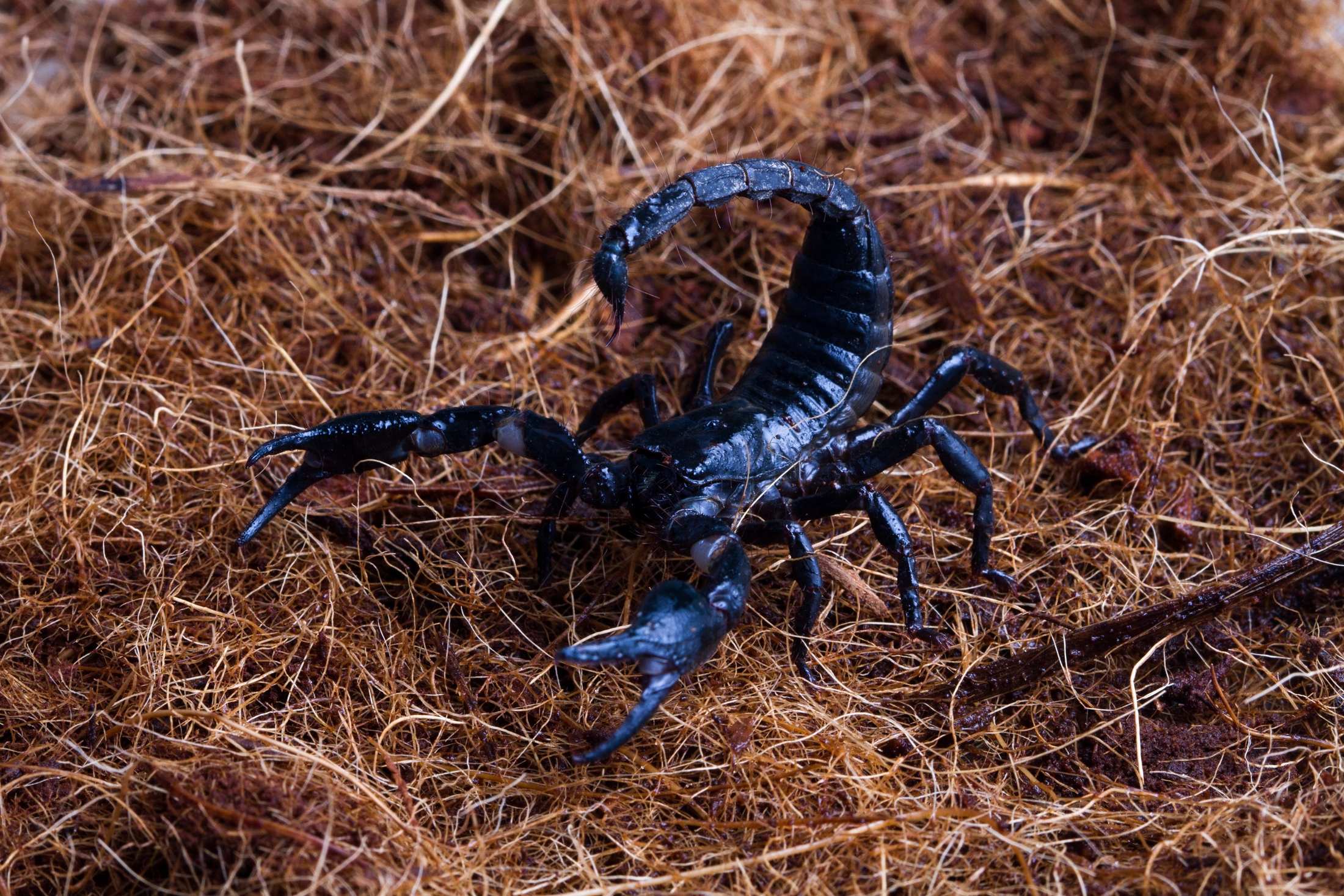
Scorpions are eight-legged insects with large stinger-tipped, segmented, long tails and large pincers. The tail is carried forward and curved over the back. Swelling and redness occur at the sting site within minutes, and these signs are accompanied by heavy pain. Swelling, numbness and tingling occur around the sting site. In children and infants, severe signs like restlessness, increased heart rate, sweating, drooling, nausea, muscle twitching, and breathing difficulties occur that need immediate medical attention.
Bite characteristics: A raised welt develops around the sting site with a small white mark at the centre of the welt
Warning signs: Anaphylactic shock in case of multiple stings
Lethality: Anaphylactic shock is lethal in some people.
Treatment and Management: Cold compresses, OTC anti-itch creams and lotions, topical calamine lotion, OTC pain killers, oral antihistamines
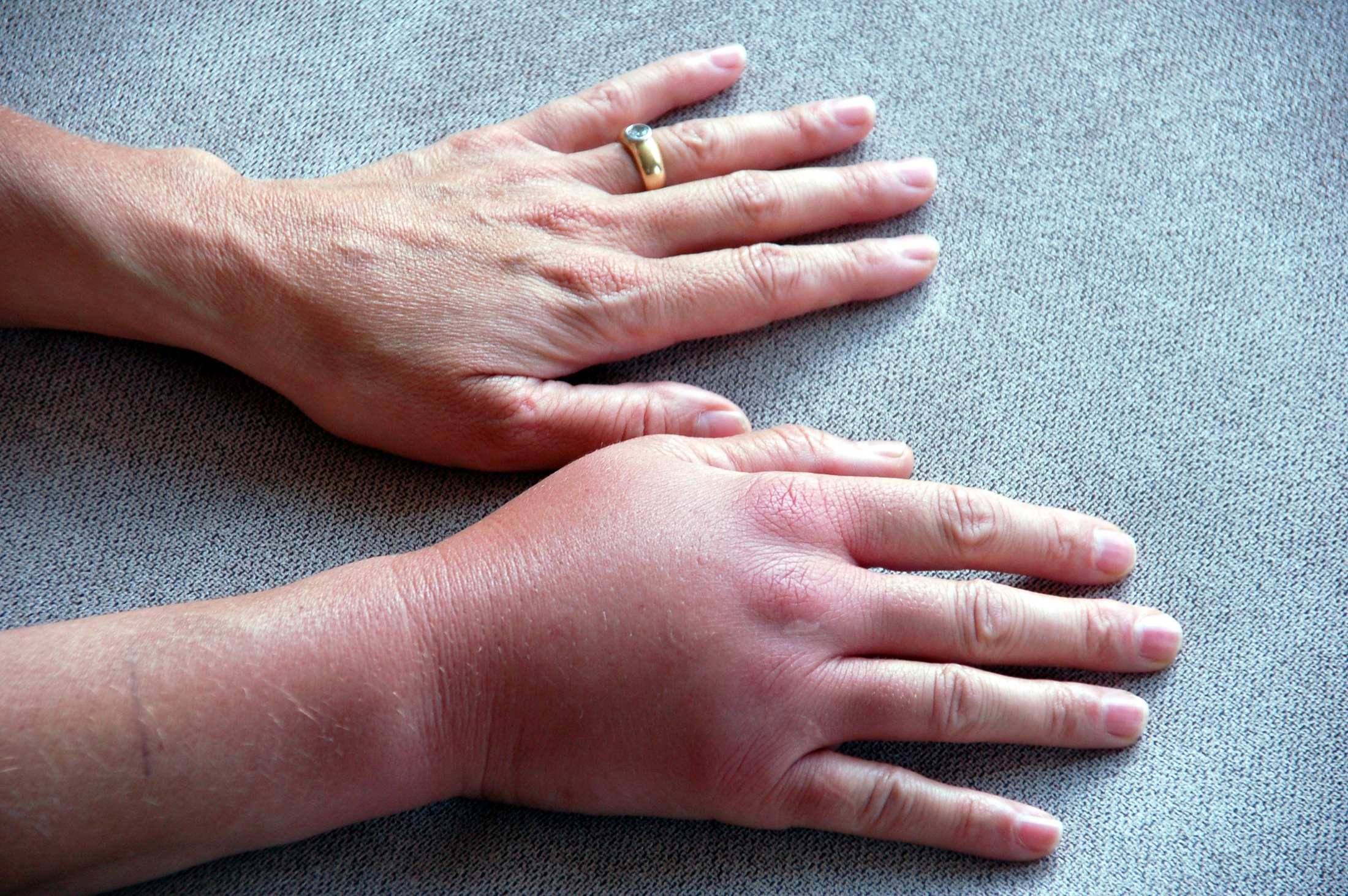
A wasp sting is excruciating and uncomfortable. However, most, except those with high sensitivity, recover rapidly without any complications. A typical wasp sting causes burning, itching, swelling, redness and sharp pain at the sting site. Most of the time, a raised welt develops around the sting site with a small white mark at the centre of the welt where the stinger had punctured the skin.
In sensitive people, the signs take 2-3 days to reverse. More sensitive people can develop life-threatening anaphylactic shock, particularly with multiple stings.
Bite characteristics: A pimple-like pustule
Warning signs: No
Lethality: No
Treatment and Management: Topical calamine lotion, OTC pain killers, oral antihistamines
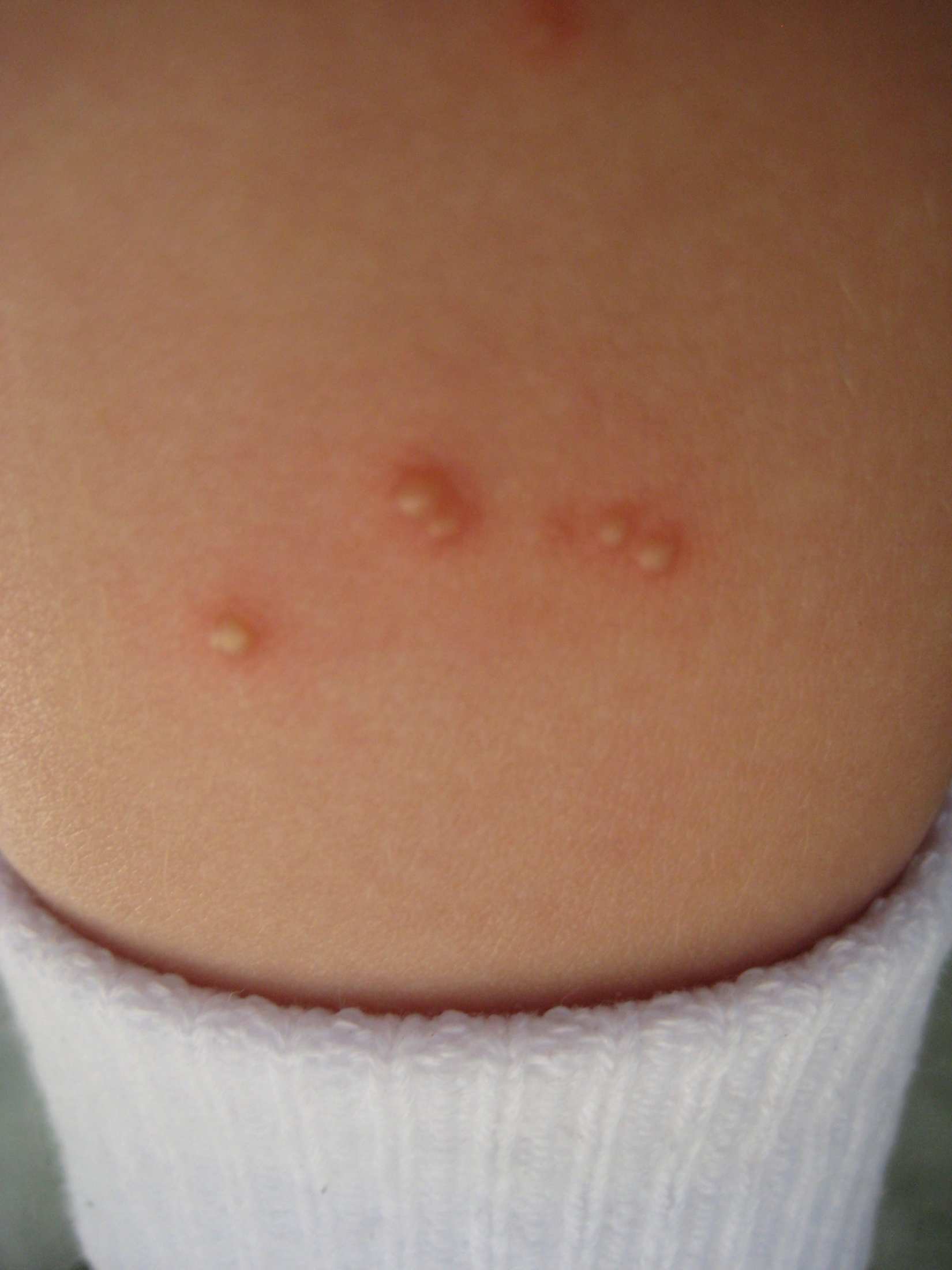
Some ants, particularly the fire ants, are highly aggressive and bite to hold against the body and then continue to sting. Some people don't experience any reaction. However, the sensitive ones experience a pimple-like pustule. The venom of fire ants is highly potent and causes severe pain. As these ants don't lose their stingers during the attack, multiple wounds occur on the skin. The pain and inflammation continue for days to weeks.
Bite characteristics: A smaller light spot or a red and more enormous wet
Warning signs: No
Lethality: No
Treatment and Management: Cold compresses, OTC anti-itch creams and lotions, topical calamine lotion, OTC pain killers, oral antihistamines
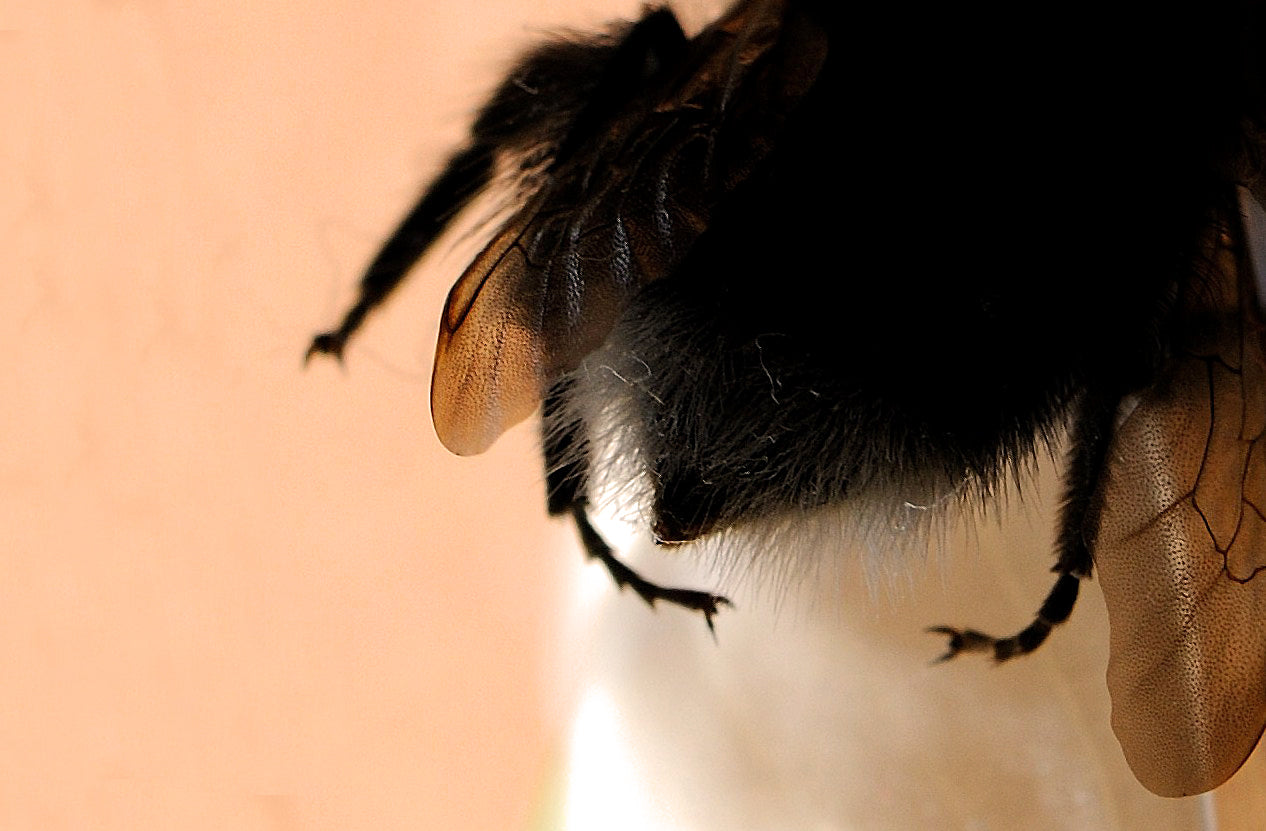
The clinical picture of a bee sting varies from person to person. A smaller light spot is familiar in many people, while a red and more enormous welt occurs in others. Sometimes, a white spot at the centre where the sting has occurred develops. If the honey bee stings, the stinger continues to attack here and pump venom into the body unless removed manually. Mainly, mild pain develops, which subsides within hours, and severe signs are rare.
Bite characteristics: Fang-like marks at the sting site, which sometimes look torn
Warning signs: No
Lethality: No
Treatment and Management: Cold compresses, OTC anti-itch creams and lotions, topical calamine lotion, OTC pain killers, oral antihistamines

It is a giant brown/grey spider, and despite its name, it is surprisingly harmless and bites only when threatened. Its sting causes fang-like marks at the sting site, which sometimes look torn. The bites appear as itchy and tender red bumps that heal within 7-10 days. They are non-venomous to humans and don't cause severe signs. Very rarely, the swellings, redness and ulcers develop.
Bite characteristics: The bite areas appear red, having a white centre
Warning signs: Spasms, pain in the muscles of the abdomen, back, legs and arms, nausea, chills, vomiting, weakness, sweating, tremors
Lethality: Venom is very rarely lethal
Treatment and Management: Cold compresses, OTC anti-itch creams and lotions, topical calamine lotion, OTC pain killers, oral antihistamines
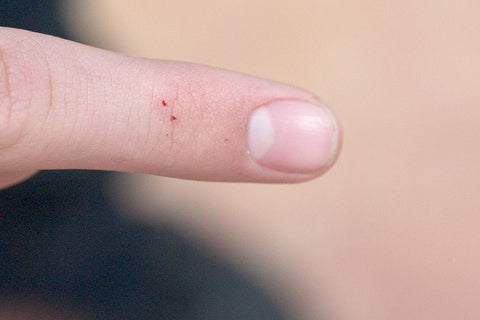
These bites are also non-aggressive and bite only when threatened. The bite areas appear red, having a white centre. The bite causes spasms and pain in the muscles of the abdomen, back, legs and arms and causes symptoms like nausea, chills, vomiting, weakness, sweating and tremors.
Most of the time, the insect is not visible at the bite site. In such cases, the appearance of signs, i.e., redness, swelling, rashes, pain, heat on or around the bite site and tingling or numbness at the site alert about the insect bite.
Most of the insect bites are not poisonous. The poisonous insect bites are identified by slugs, e.g., fever, diarrhoea, vomiting, nausea, light-headedness, weakness, rapid swelling, muscle spasms and headache. If these signs worsen, it is time to go to emergency.
Different skin conditions cause signs similar to bug bites. These include chronic conditions, e.g., dermatitis, allergic reactions, skin infections, and allergies. The history of signs is used to identify the exact cause.
Most insect bites do not cause serious problems. If signs are not improving or getting worse, there is a large red and swollen area around the bite, a swelling of lymph nodes and a high fever; it is time to take it seriously.
Symptoms of an infected bite include increased redness, swelling and pain around the bite site, swollen glands and pus in or around the site of the bite.
The first aid involved:
Welzo offers various insect protection options. Click here to view and buy.
Different creams with variable degrees of effectiveness are available on the market. These include Cortizone-10 Maximum Strength 1% Hydrocortisone Anti-Itch Liquid, Aquaphor Itch Relief Ointment, Gold Bond Medicated Pain & Itch Relief Cream and Benadryl Itch Stopping Gel Extra Strength.
General physicians recommend antibiotics to treat infected bites or prevent an expected infection. Flucloxacillin is the most prescribed antibiotic.
Insect bites are very common. A swift identification of the inset type is crucial to initiate life-saving interventions. Most insect bites are not deadly and resolve spontaneously. Some insect bites have the potential to cause life-threatening anaphylactic shock.
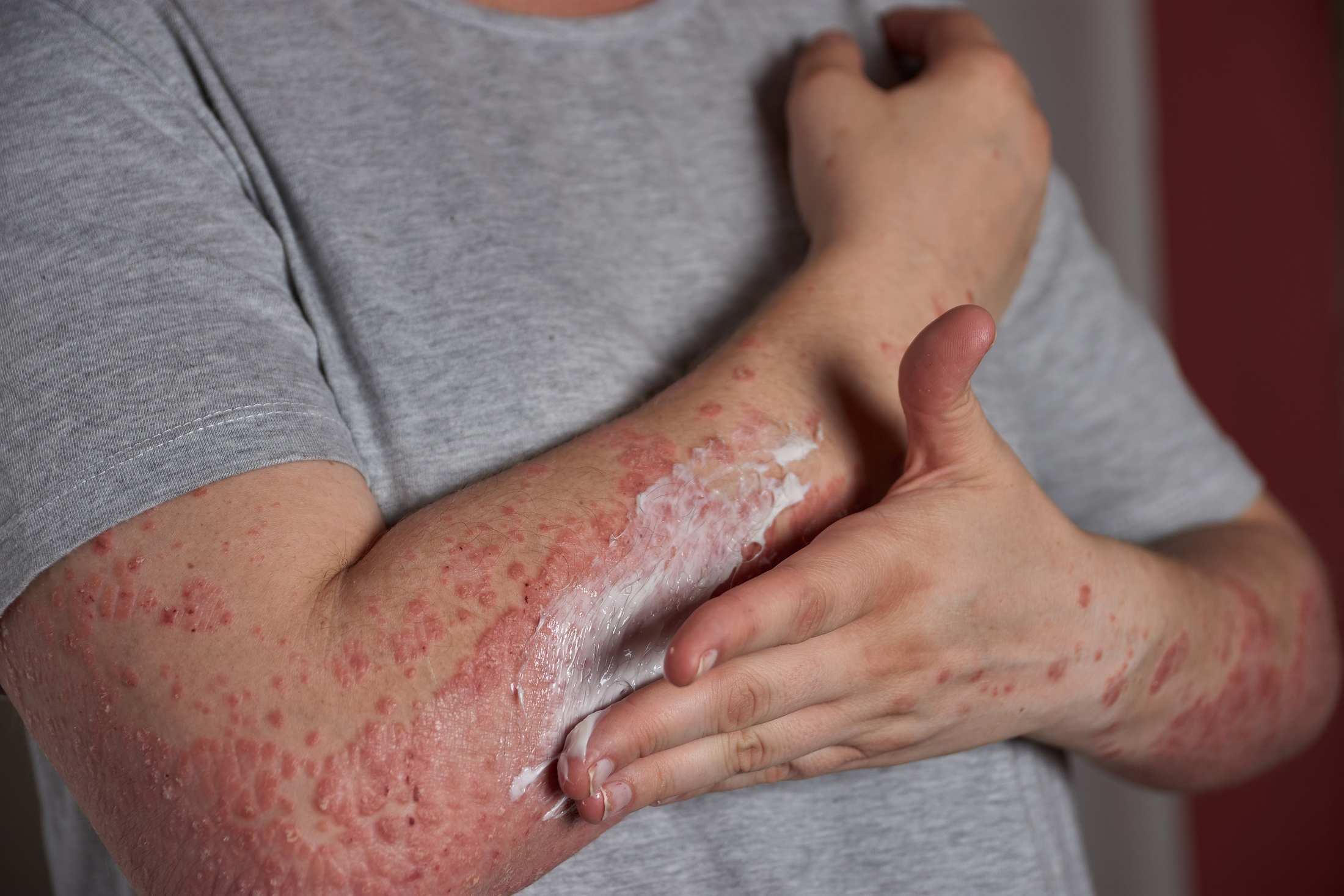
Welzo offers various treatments for bites and stings, which can be purchased after consultation with the Welzo health professionals. Click here for consultation and help.








Plus get the inside scoop on our latest content and updates in our monthly newsletter.